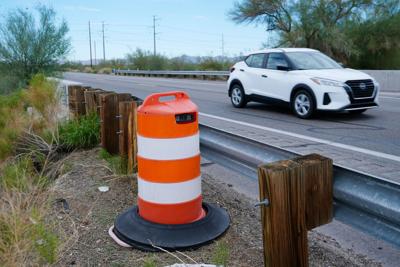How immigrant entrepreneurs are shaping Los Angeles culture and economy—one tamale at a time.
Street vending has deep roots across Latin America, stretching back to pre-Hispanic times. In cities like Mexico City, Bogotá, and Lima, millions of people participate in this informal economy, relying on their ability to work in public spaces. These vendors don’t just sell goods—they bring life to the streets, offering affordable food, services, and everyday essentials that many people cannot easily find elsewhere.
Whether operating from mobile carts, temporary stalls, or bicycles, street vendors provide everything from fresh fruit juice and tamales to shoe repair and cell phone accessories. Their presence in key urban locations—outside metro stations, in parks, and along busy sidewalks—has made them an indispensable part of city life across Latin America. For many who spend hours commuting or juggling multiple jobs, street vendors are a lifeline, offering quick, affordable meals and services throughout the day.
This cultural legacy has also crossed borders. In Los Angeles, a city shaped by waves of Latin American migration, street vending has become a vibrant expression of both cultural identity and economic survival. From Boyle Heights to South LA to the sidewalks of MacArthur Park, street vendors—many of whom are immigrants from Mexico, El Salvador, Guatemala, and other parts of Latin America—are now woven into the fabric of LA’s urban life. They bring with them not only flavors and products from their homelands but a long-standing tradition of public entrepreneurship.
During the COVID-19 pandemic, street vendors played a critical role in feeding low-income and essential workers. Because their stalls are outdoors, often with good ventilation and compliance with health protocols, they were in many cases safer than indoor dining spaces. But despite their essential role, many vendors across LA—faced new threats. Public health regulations were used as a pretext to displace them from their usual locations, and a sharp decline in foot traffic hurt their daily earnings.
Despite their importance, street vendors are often marginalized. They are seen as obstacles to urban order or aesthetic ideals and historically been criminalized for working without permits or occupying sidewalks. Even though California legalized sidewalk vending in 2018 through Senate Bill 946, vendors still face fines, harassment, and confusing permit processes—issues that disproportionately affect immigrant communities.
Urban planning tends to prioritize mobility over livelihoods. Streets are designed for cars and foot traffic, not for working people. This mindset leaves street vendors vulnerable, pushing them into legal gray zones where they face eviction or fines with little protection. And yet, for millions of people, vendors are a necessary and valued part of the urban experience.
Street vending is not just a form of survival— it is a symbol of resilience, creativity, and economic opportunity. In Los Angeles, it represents the contributions of immigrant communities who have brought their traditions to new terrain and made them part of the local identity.
As immigration policies tighten and fear spreads among undocumented communities, many street vendors now face heightened risks simply for working to support their families. These vendors—many of whom are immigrants contributing deeply to our local economy and culture—deserve protection, not persecution. In this pivotal moment, city and state leaders must not only continue improving vendor protections but also ensure that immigration enforcement does not undermine the hard-won progress made to legitimize and safeguard this vital workforce. Supporting street vendors means defending the cultural and economic heartbeat of Los Angeles itself.








